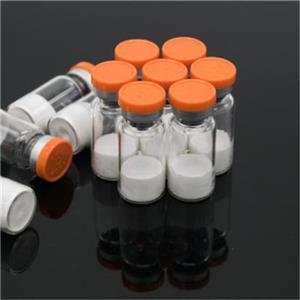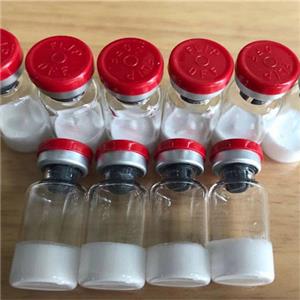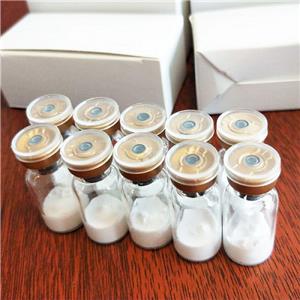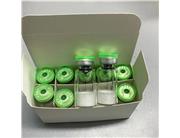Follistatin (FST) is a modulator of TGFβ family signaling, acting by selectively binding TGFβ family ligands and preventing ligands from binding to receptor complexes. Follistatin has the ability to inhibit follicle-stimulating hormone (FSH). Follistatin was first described as a follicle-stimulating hormone suppressor present in the follicular fluid of the ovary. Follistatin binds activin A and myostatin with a low nanomolar (nM) affinity, completely surrounds the ligand, blocks all receptor binding sites and binds to the ligand [1][2].
Follistatin is a 32-35-kDa glycoprotein consisting of four domains, including an n-terminal domain (ND), followed by three folliclestatin domains (FSD1, FSD2, and FSD3). The C-terminal splicing of Follistatin produces various isoforms, including FS288 and FS315. Follistatin neutralizes TGFβ ligand, myostatin, and activin A by surrounding the ligand and preventing interaction with the TGFβ receptor to form a nearly irreversible non-signaling complex. In humans, the gene encoding folliclestatin is located on chromosome 5q11.2. Follistatin contains a TGF-β binding site where activin, bone morphoprotein (BMP), and growth differentiation factor (GDF) bind with high affinity and are therefore neutralized. The ligand-binding sites of Follistatin overlap with the type I and type II receptor binding sites of these ligands. Follistatin also contains heparin binding sites where proteoglycans in the extracellular matrix can bind, so it is believed that follistatin binds to the extracellular matrix. There are two main isoforms of Follistatin, FST288 is anchored to the cell surface by interaction with heparin sulfate proteoglycan, and FST315 is the main form found in circulation. These two subtypes come from variable splicing; The 315 isomer includes a C-terminal acidic tail of 27 amino acids, while Follistatin 288 does not. The acidic tail on Follistatin 315 neutralises the heparin binding site, thereby inhibiting Follistatin 315's binding to the extracellular matrix [

 China
China





